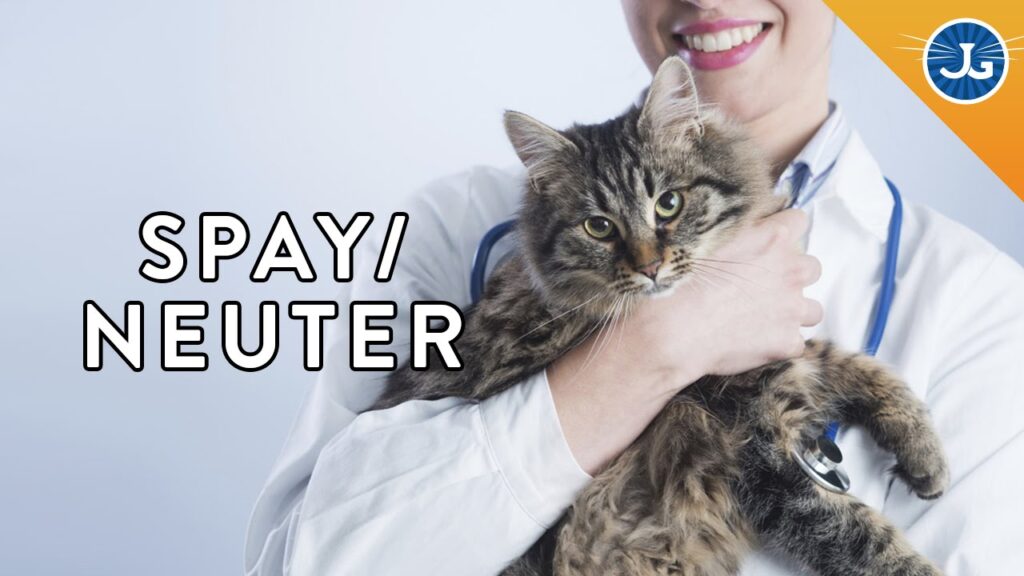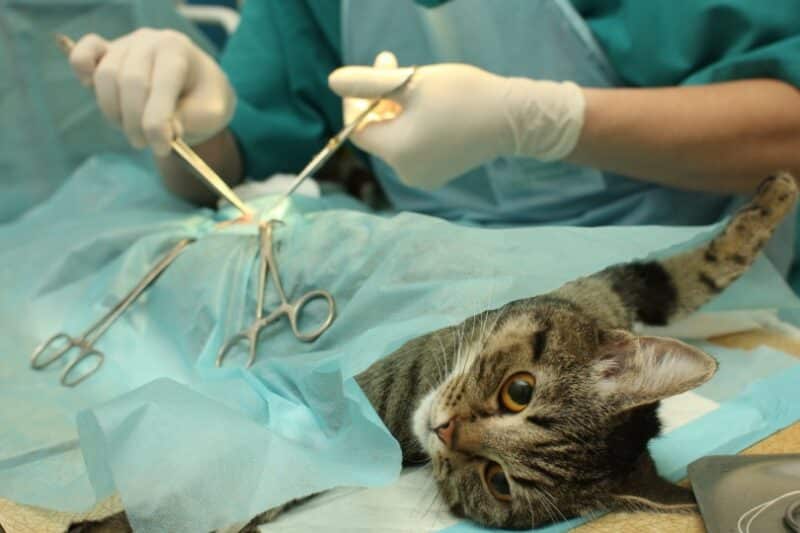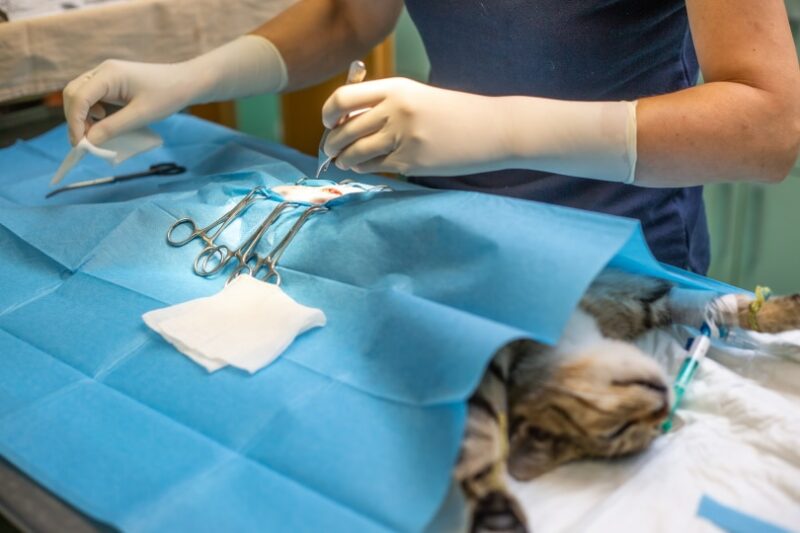Spaying and neutering are vital components of the best cat health care practices. These procedures not only help control the feline population but also contribute to the overall health and well-being of your cat. In this guide, we will cover what to expect when spaying or neutering your cat, the benefits of these procedures, and essential care tips for post-surgery recovery.
What is Spaying and Neutering?
Understanding the Procedures
- Spaying: This is a surgical procedure performed on female cats to remove their ovaries and uterus, preventing them from becoming pregnant.
- Neutering: This procedure is performed on male cats to remove their testicles, making them unable to sire kittens.

Benefits of Spaying and Neutering
Health Benefits
- Prevention of Diseases: Spaying reduces the risk of ovarian and uterine cancers in female cats. Neutering decreases the risk of testicular cancer and prostate issues in males.
- Behavioral Improvements: Spaying and neutering can reduce aggressive behaviors, roaming tendencies, and the urge to mark territory with urine.
- Longer Lifespan: Cats that undergo these procedures tend to live longer and healthier lives.
Population Control
- Reducing Overpopulation: Spaying and neutering help control the cat population, reducing the number of homeless and feral cats.
- Lower Shelter Burdens: By preventing unwanted litters, we can reduce the number of cats in shelters, increasing the chances of adoption for those already there.
Preparing for the Procedure
Pre-Surgery Tips
- Consult Your Vet: Schedule a pre-surgery check-up to ensure your cat is healthy enough for the procedure.
- Fasting: Follow your vet’s instructions regarding fasting before the surgery. Typically, cats should not eat for 12 hours before the procedure.
- Comfort: Provide a comfortable and safe environment for your cat to rest before and after the surgery.

What to Expect on Surgery Day
The Surgery Process
- Check-In: Arrive at the vet clinic on time and check your cat in for the procedure.
- Anesthesia: Your cat will be given anesthesia to ensure they are pain-free during the surgery.
- Procedure Time: Spaying generally takes longer than neutering but both procedures are typically completed within an hour.
Post-Surgery Care
- Monitoring: After the surgery, your cat will be monitored until they wake up from the anesthesia.
- Pain Management: Your vet will provide pain relief medication to ensure your cat is comfortable during recovery.
Post-Surgery Care Tips
Immediate Care
- Quiet Space: Provide a quiet, comfortable space for your cat to rest away from other pets and distractions.
- Monitor for Complications: Keep an eye out for signs of infection, such as redness, swelling, or discharge at the incision site.
Long-Term Care
- Activity Restriction: Limit your cat’s physical activity to prevent strain on the surgical site. Avoid letting them jump or run for at least a week.
- Follow-Up Vet Visit: Schedule a follow-up visit with your vet to ensure the incision is healing properly.
Nutrition and Hydration
- Diet: Offer small, frequent meals and ensure your cat has access to fresh water at all times.
- Appetite Monitoring: If your cat shows a lack of appetite or has difficulty eating, consult your vet.

Common Questions about Spaying and Neutering
Is it Painful for My Cat?
- Anesthesia and Pain Management: The procedures are performed under anesthesia, and pain relief medications are provided post-surgery to manage any discomfort.
When is the Best Time to Spay or Neuter My Cat?
- Optimal Age: Cats can be spayed or neutered as early as eight weeks old, but it’s commonly done around five to six months of age.
Will My Cat’s Personality Change?
- Behavioral Adjustments: While some behaviors related to mating will diminish, your cat’s core personality will remain the same.
Conclusion
Spaying and neutering are essential aspects of the best cat health care, providing numerous health benefits, contributing to population control, and improving overall well-being. By understanding what to expect and how to care for your cat before, during, and after the procedure, you can ensure a smooth and healthy recovery for your furry friend. Remember, spaying and neutering are not just about controlling the cat population; they are crucial steps in ensuring a long, healthy, and happy life for your beloved pet.





















